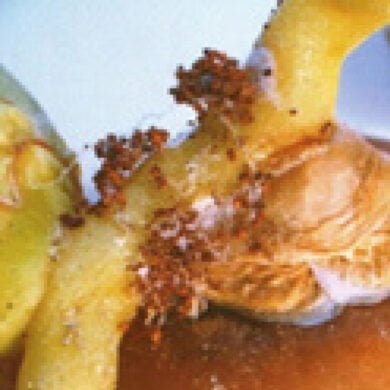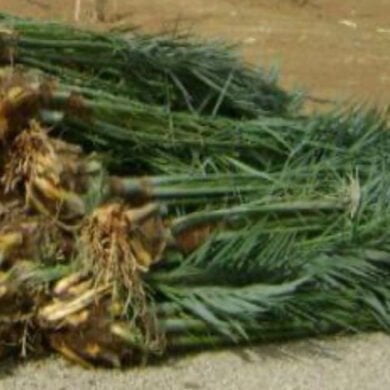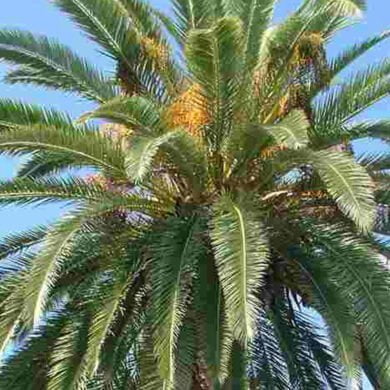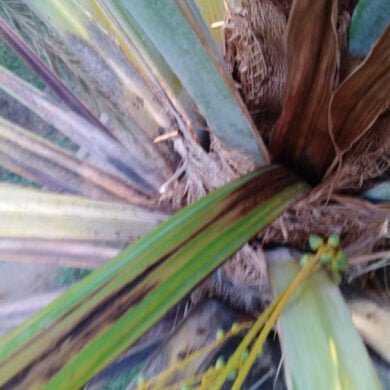
Infective capabilities of two entomopathogenic nematode species; Heterorhabditis bacteriophora and Steinernema carpocapsae against red palm weevil were evaluated, under laboratory and field conditions. By H. bacteriophora treatment, theLC50’s against the 2nd, 4th, 8th and 12th larval instars of R. ferrugineus were 909.48, 1623.00, 1771.08 and 2897.44 IJs/ml, respectively. The correspondent LC90 values were 3389.86, 6586.00, 8096.61 and 22548.21 IJs/ml, respectively after 15 days of treatment. Also, the LT50 values after using the concentration 2500 IJs/ml were 7.43, 9.54, 10.83 and 16.28 days, respectively, while those of LT90 were 21.81, 41.33, 52.68 and 116.40 days, respectively. By S.carpocapsae treatment, theLC50’s were 728.97, 1370.00, 1547.21 and 2771.84 IJs/ml, respectively. LC90 values were 3507.36, 6784.74, 9293.00 and 18916.27 IJs/ml, respectively for the 2nd, 4th, 8th and 12th instars after 15 days of treatment. Also, the LT50 values after using the concentration 2500 IJs/ml were 7.04, 7.13, 10.16 and 14.62 days, respectively, while those of LT90 were 19.05, 22.57, 43.46 and 96.78 days, respectively. Whereas, the two species of EPN (H. bacteriophora and S. carpocapsae) by 2500 IJs /ml concentration caused 90 & 95% mortality for 2nd instar, 70 & 75% for 4th instar, 65 & 70% for 8th instar and 50 & 50% for 12th instar, respectively, 15 days after treatment.
The field study showed that infested date palm trees injected by H. bacteriophora and S. carpocapsae by concentration 2 x 107 IJs/liter at the infestation site by the red palm weevil caused 60 and 80% recovery, respectively, recovery from infestation after 25 days of treatment. Laboratory experiments were conducted to study some biological aspects Chelisoches morio when fed on freshly deposited eggs and 1st larval instar of the cotton leaf worm, ground cat’s dry food and freshly deposited eggs of red palm weevil. All studies were carried out
under laboratory conditions at 25±2 °C and 65±5%R.H.. The eggs incubation periods of Ch. morio were 6.62, 7.33 and 9.00 days, by rearing on the three diets, respectively. A single mated female deposited 95.62, 80.93 and 120.03 eggs/ female by rearing on the three diets, respectively. The hatchability percentage among the deposited eggs reached 87.11, 88.22 and 86.11%, respectively. Among the 4th instar larvae, the longest duration was (24.7 days), when feeding took place on RPW eggs, while the shortest period was 7.2 days, in 1st instar by feeding also on RPW eggs. The sex-ratios (% of females) were 60, 56 and 64% female, respectively). The pre-oviposition period of the females were 30.69, 35.27 and 33.01 days, while the oviposition period was 67.54, 56.06 and 55.03 days, and the post-oviposition was 52.23, 31.00 and 46.00 days, respectively. Nymphs of the 4th instar fed on 329.8 eggs of RPW, being the highest voracious feeder as compared to the first three nymphal instars. The feeding capacity/adults were 1223.6 / male and 1357.4 / female.







اترك تعليقاً